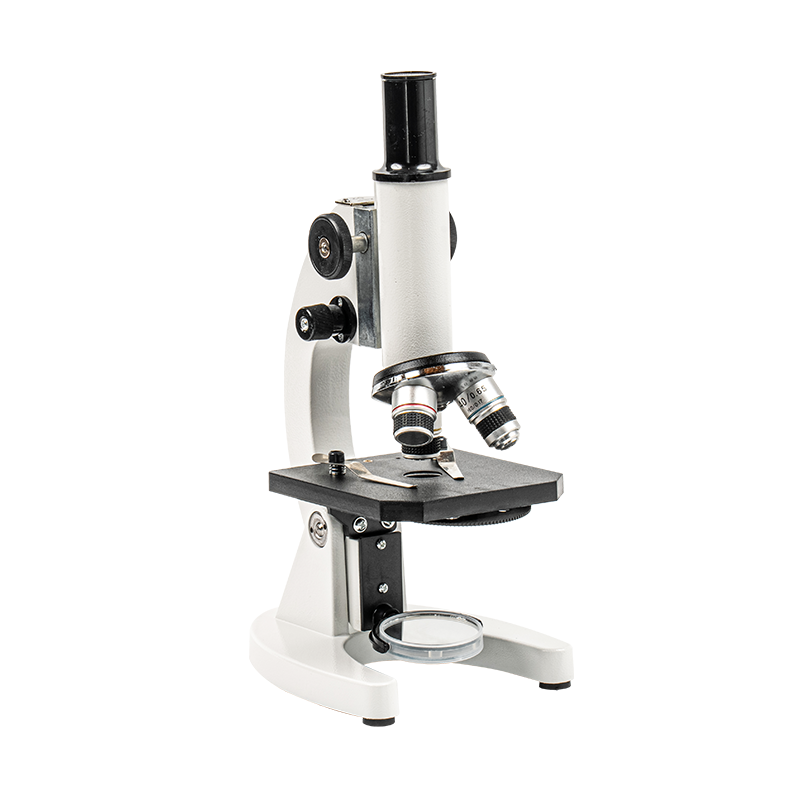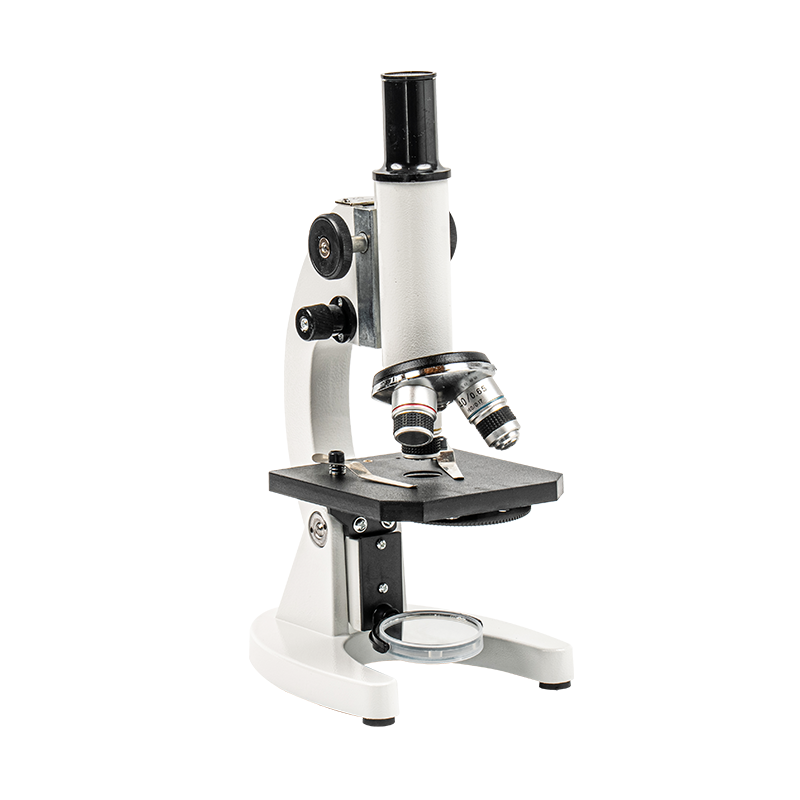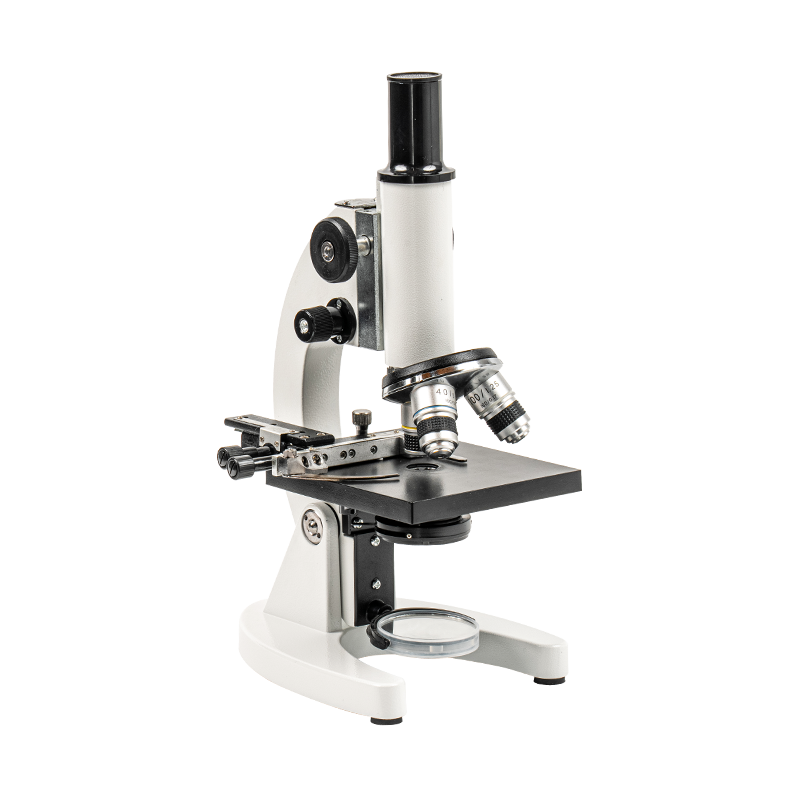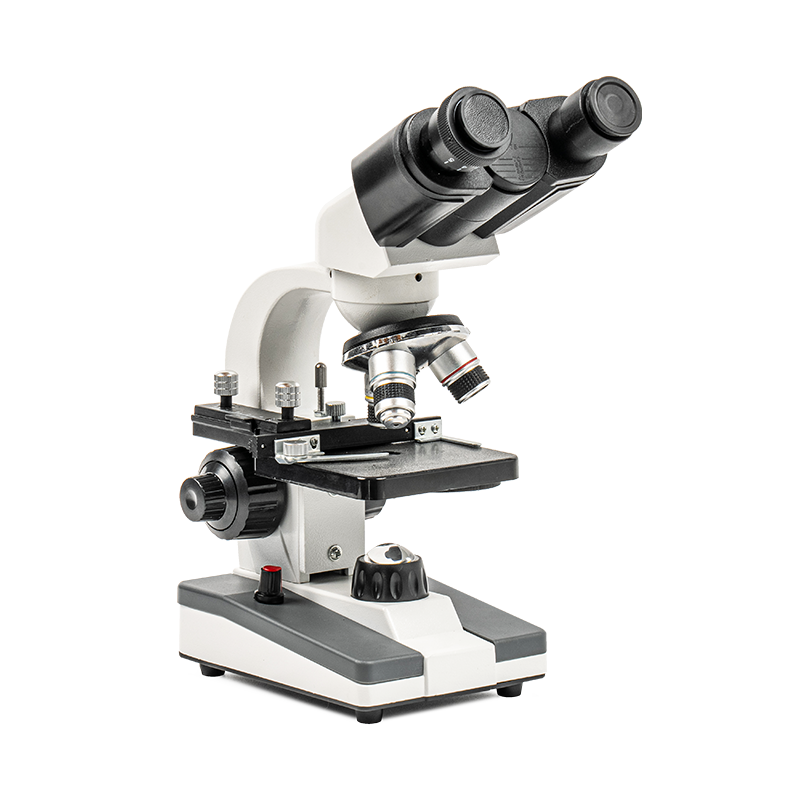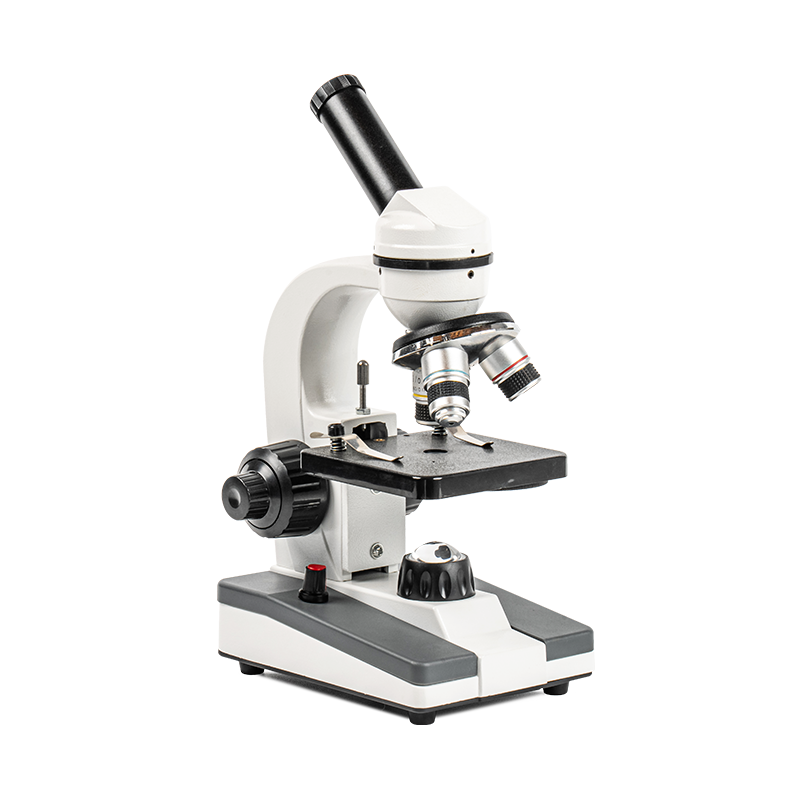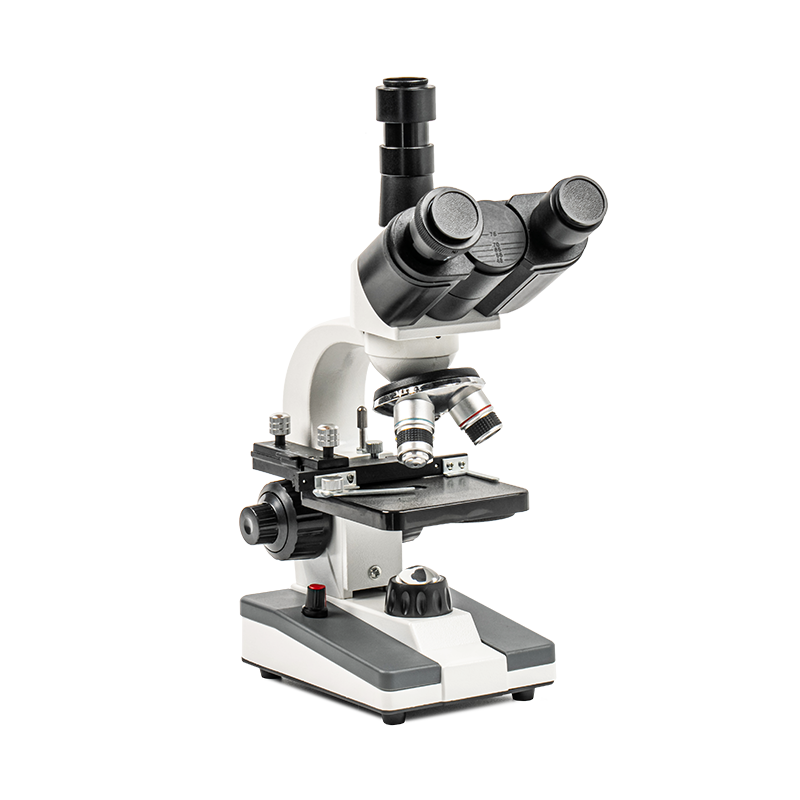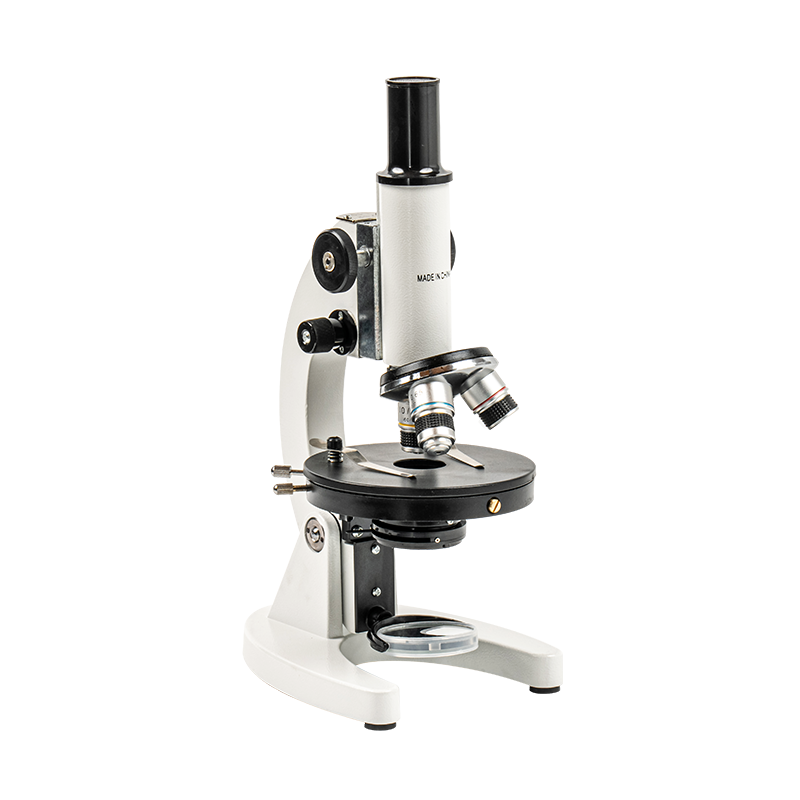With the rapid advancement of science and technology, the technical requirements of scientific research are becoming increasingly stringent. As a key tool in scientific research, the compound binocular microscope has become an indispensable device in modern laboratories. Its precise imaging and powerful magnification capabilities enable researchers to conduct in-depth studies of the delicate microscopic world. Whether in biomedicine, environmental science, materials science, or other fields, the compound binocular microscope provides valuable support for scientific research. In scientific research, in particular, the value of the compound binocular microscope lies not only in its technical capabilities but also in its role in promoting scientific innovation and experimental breakthroughs.
The Importance of the Compound Binocular Microscope in Scientific Research
The compound binocular microscope, with its optical performance and wide range of applications, plays a vital role in scientific research. From cell research in life sciences to microscopic analysis in materials science, it provides strong support for researchers. The following points will highlight the irreplaceable role of the compound binocular microscope in scientific research.
| Specification | |
| Achromatic Objectives | 4X、10X、40X(S)、100X(S、Oil) |
| Eyepiece | Wide Field Eyepiece :WF10X、WF16X |
| Viewing head | Compensation Free Binocular Head Inclined at 30° |
| Stage | Double Layer Mechanical Stage Size 125X115mm |
| Focusing | Coaxial Coarse and Fine Adjustment,Focusing Range 30mm,Focusing Interval 0.002mm |
| Condenser | Abbe NA=1.25 with lris Diaphragm&Filter |
| IIIumination | LED LAMP |
Refined Microscopic Observation Capabilities
One of the greatest advantages of the compound binocular microscope is its high-precision imaging capability. In many scientific studies, the ability to clearly observe microscopic structures and details is crucial for success. For example, in biomedical research, researchers use microscopes to observe cell structure, division processes, and pathological conditions. Only with the high magnification of a compound binocular microscope can they clearly see the details within cells, understand their morphology, function, and disease processes, and thus provide important evidence for pathological analysis and treatment plans.
The compound binocular microscope also plays a vital role in materials science research. Researchers can use it to observe microscopic defects on a material's surface, its crystal structure, and the distribution of its tissues. These details are fundamental to the development of new materials and the improvement of existing ones. The compound binocular microscope's precise observation capabilities provide scientists with an effective experimental tool, especially in fields such as nanomaterials and semiconductors.
Applications in Life Sciences
The application of the compound binocular microscope in life sciences is particularly important. Research in fields such as cell biology, molecular biology, and microbiology relies heavily on the microscope. By observing the internal structure of cells through a microscope, researchers can analyze how cells divide and proliferate under different conditions, providing clues for disease research and treatment.
In cancer research, compound binocular microscopes provide researchers with a crucial tool for observing pathological samples. By observing changes in cancer cells, researchers can obtain detailed information about tumors, studying their growth patterns and invasiveness, and providing a basis for the development of new drugs and innovative treatments.
In microbiology, compound binocular microscopes help scientists observe various pathogenic microorganisms, identifying their species, morphology, and adaptability to their environments. This has a direct impact on the development of antibiotics, vaccines, and other therapeutics.
Key Role in Environmental Science
With increasingly severe global environmental issues, environmental research has become particularly important. The application of compound binocular microscopes in environmental science research allows researchers to deeply analyze microbial communities and pollutant distribution in environmental samples such as water, soil, and air.
For example, scientists can use compound binocular microscopes to observe the distribution of plankton, bacteria, and other microorganisms in water, thereby assessing water quality. In pollution detection, researchers use microscopes to observe minute substances in soil and water, identify pollution sources, and propose appropriate remediation plans. This microscopic observation makes environmental pollution control more targeted and effective.
Breakthroughs in Materials Science and Nanotechnology
Compound binocular microscopes also play a vital role in materials science, particularly in nanotechnology research. With the widespread application of nanomaterials, scientists need to observe their microstructure, surface conditions, size, and morphology. Compound binocular microscopes provide detailed imaging, helping researchers obtain comprehensive information about materials at the microscopic scale.
For example, in electronic component research, microscopes help researchers observe tiny surface defects such as cracks and pores, which can affect the mechanical properties and electrical conductivity of materials. Therefore, compound binocular microscopes provide important technical support for the development of nanotechnology and the optimization of electronic materials.
Support for Interdisciplinary Research
Compound binocular microscopes are not limited to single fields such as biology, chemistry, and the environment. Their versatility makes them a valuable tool for interdisciplinary research. Modern scientific research often requires the integration of knowledge from different disciplines, and microscopes serve as a bridge connecting these disciplines. In interdisciplinary fields, compound binocular microscopes are used to observe the microstructure of materials, analyze the characteristics of biological samples, and study chemical reaction processes.
For example, in biochemistry research, compound binocular microscopes not only help researchers observe changes in cells and tissues, but also assist in analyzing the effects of different chemicals on cells. From both biological and chemical perspectives, compound binocular microscopes provide essential technical support for interdisciplinary experimental research.
Promoting Scientific Innovation and Technological Breakthroughs
Compound binocular microscopes are not only scientific research tools; they also drive continuous innovation in scientific research technology. Through microscopes, scientists can discover previously unobservable details, providing the basis for new theoretical hypotheses and experimental methods. For example, in new drug development, researchers use microscopes to analyze the effects of drugs on cells, further optimizing their molecular structure, improving their efficacy, and reducing side effects.
With the continuous advancement of technology, the optical performance and digitalization of compound binocular microscopes are also constantly improving. The application of these new technologies not only improves the imaging quality of microscopes but also increases the efficiency of data analysis, enabling researchers to obtain more information in a shorter time. This technological breakthrough promotes the continuous development and innovation of scientific research.

 English
English Español
Español عربى
عربى 中文简体
中文简体